
The theme across the museum blog-o-sphere this month is reflection and renewal. Jeff Inscho’s intentions for the coming year include making more things with his hands and “valuing tactile media and relationships over their virtual/digital counterparts.” Ed Rodley resolves to be more mindful and deliberate about his blogging practice and to give more attention to projects like Code|Words. (It’s an intimidating measure of Ed’s productivity that his shared responsibility for that marvelous compendium of essays on Medium is merely a “side project.” Yow.) If one of your resolutions for 2015 is to add some smart museum-related blogs to your feed you can find Jeff at Static Made, and Ed at Thinking about Museums.
In any case—my turn to reflect. The timing is apt: CFM launched in 2008, and it’s high time to revisit and refresh the initiative’s business plan. Revisiting our original ambitions, where have we fallen short? What new opportunities have opened in the past few years? So, in 2015 my focus will be on creating strategies to:
Scale up CFM’s work in order to benefit more people and organizations around the world. The conventional way to accomplish this would be to hire more staff, fill more of the office space here in DC, etc., etc.. As head of the Alliance’s designated skunk works, I have to ask—is that the best way to do more and better work? What are the alternatives? Can we create a distributed network of organizations and individuals united by a shared quest for productive futures? How can we make the work of CFM something that takes place in many places, in many ways, rather than being dependent on and directed by just one organization?
Create a sustainable business model. Support for CFM is primarily provided by Alliance membership dues, together with a healthy chunk of earned income from speaking engagements, a modest (but much appreciated) amount of donor and grant support and a teeny bit of advertising revenue. Now that CFM is maturing, can it become more self-sufficient, freeing up income to fund the creation of new Alliance products and services for the field? Can we tap sources of income, both earned and philanthropic, that are not already flowing to museums or museum associations and in this way increase the size of the “pie” that feeds us all?
Move from ideas to action—translate the insights generated through CFM’s forecasting and thought leadership into real-world change. I think CFM has done a pretty good job establishing itself as a think-tank. It’s time to mature into the other role assigned to initiative by the Alliance board—that of research and design lab. How can CFM play an active role in testing and refining practical applications of our ideas? What does it mean to be a “lab,” and what form could CFM-instigated experiments take?
These are very broad, operational goals compared to the specific and personal intentions Jeff and Ed set forth, but I think they spring from common impulses: the realization that we only have so much time and attention to spend on the world; the desire to make that time and attention count for as much as possible; the understanding that this means deciding where to focus, and to what end. Like Jeff, I want to do more work that makes a concrete, tangible mark on the real world, rather than leaving only an ephemeral trail of digital footprints. Like Ed, I want to be more mindful and deliberate about what I choose to take on. Maybe I will do less, in the coming year, if that’s measured by blog posts and speaking engagements, but I want what I do undertake to result in long-term improvements for CFM, the Alliance, and for museums.
As I travel the country this year I look forward to many productive discussions with friends, collaborators, critics and any interested parties about the design of CFM 2.0. I’d love the chance to bounce ideas off of you and hear your thoughts on what we can accomplish, and how. Here are some places to find me in the next few months:
At the “Black Swan Ball” in Austin next week (January 13-15), joining diverse folks (many of them forecasters for the New Media Consortium’s Horizon Report) to explore “highly improbable, high-impact ideas.”
Speaking at the American Library Association in Chicago on Feb 2, helping lay the groundwork for ALA’s Center for the Future of Libraries.
Museums Advocacy Day in DC—where on Feb 23 I’ll give my annual update on how cultural, technological, economic and environmental trends may shape the policies that govern nonprofits in general and museums in particular.
At Brown University in Providence, RI on May 7th, where I am giving a keynote at the Lost Museums Colloquium, organized by Steven Lubar. The colloquium itself continues on May 8th, with a keynote by one of my favorite artists—Rosamond Wolff Purcell—which I will miss, dang it, because I’ll be rushing back to DC to speak at the Opera America conference on May 8th.
And of course I look forward to seeing you at the AAM annual meeting in Atlanta, April 26-29. I’ll be giving a presentation on TrendsWatch 2015 (which will be coming out next month, BTW), chairing a panel on museums as educational resources, and facilitating the second annual CEO Symposium. As usual, we are instigating a glimpse of the future in Museum Expo, with the help of industry partners and local museums. I don’t want to give away too much, yet, but here’s a hint.
 |
| In the background: a photo of the 19th annual convention of the American Association of Museums, May 13, 1924. |
Happy New Year and Best Wishes for the Short Term Future in 2015.
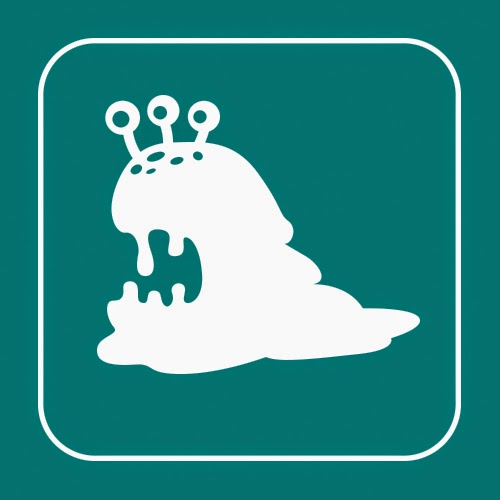
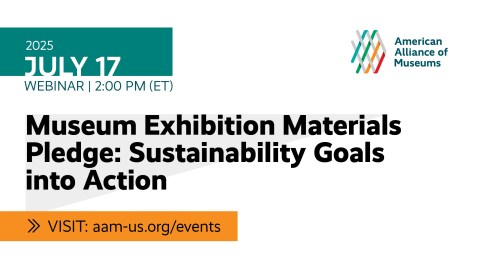



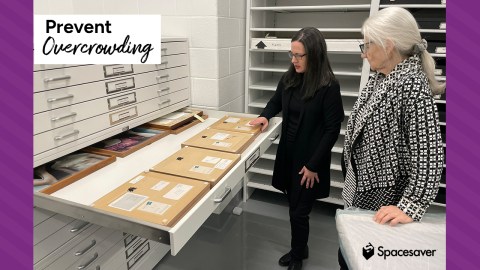
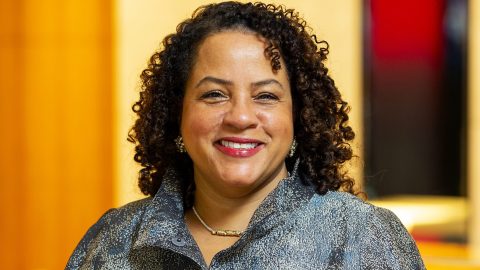
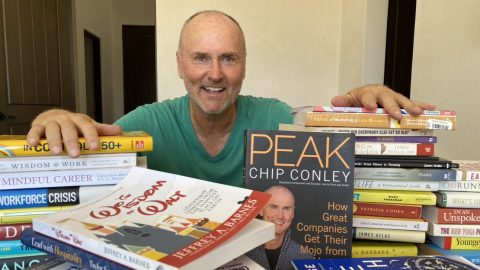
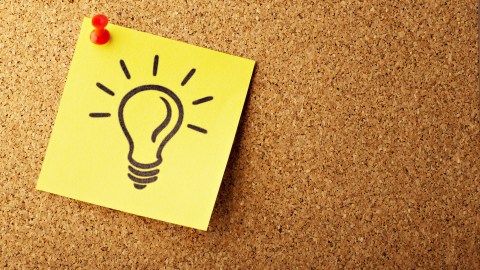
Hi Beth–I hoped for a little more reflection in your post. You talk about revisiting your 2008 plan, but I'm missing the details of that plan and where the shortfalls have been. I think learning from failure is a crucial part of all of our practice not often enough embraced. I wish you'd taken the opportunity further so we all could learn from your experiences.
Hi Linda–your comment spurs me to do something I had been considering: post a summary version of the original plan on the CFM website, as well as an update I am compiling of our first 6 years of operation. Stay tuned. I'll also work on a post sharing what I've learned about successful strategies, and sharing failures. (Though some of those stories may need names changed to protect the innocent :).) Thanks for prodding me.
Will look forward to both!
Very much looking forward to Trendswatch 2015 and do doing a multi-part "deep dive" into each topic on our blog as we did last year. It's a fabulous resource for museums, designers, and all-around creators.
As someone who blogs at least once a week, I, too have been dealing with "blog fatigue" and have been trying to blog smarter, not harder. Good to know others are dealing with the same issue as well as the balance between "digital obligation" and the need for more personal interaction.
See you in Atlanta!
Beth – thanks for the post. I too would be interested in seeing what the original plan was and how it has been accomplished over the intervening years. All strategic plans need regular review to keep us honest. On your suggestion for scaling up, I would recommend looking at ways to leverage the capabilities of the growing numbers of museum studies students. A simple mechanism would be to create a place within CFM with topics for student papers. An example for reference would be US Army's Key Strategic Issues List – http://www.strategicstudiesinstitute.army.mil/index.cfm/articles/2014-15-KSIL/2014/06/17